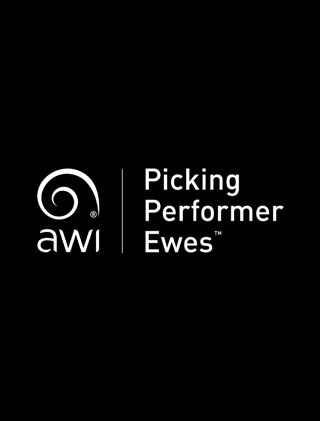Welcome to Australian Wool Innovation, a hub for the woolgrowers of Australia.
Not a woolgrower? Looking for information about wool products, wool care or wool processing?
The Woolmark Company is the global authority on wool. Visit Woolmark.com instead.
Australian fine wool production: A historical perspective

Since the early 1990s, Australian fine wool (19.5 micron and finer) production rose by 140 per cent over the period to the 2002/03 season.
After peaking in the 2002/03 season, fine wool tested volumes fell moderately in the 2003/04 season. AWTA season-to-date volumes (July to November 2004) for the 2004/05 season were 0.6 per cent behind the same period last year, indicating that fine wool tested volumes for 2004/05 are still likely to remain above the 800,000 bale level by the end of the 2004/05 season.
In the 18.6 to 19.5 micron range, tested volumes in the 1992/93 season to 2003/04 saw a 66 per cent increase.
In the finer micron categories the percentage increases have been more staggering. In 1992/93 to the end of 2003/04 AWTA tested bales in the 17.6 to 18.6 micron range had risen by 196 per cent.
In the 16.6 to 17.5 micron range, tested volumes rose 603 per cent over the same period.
AWTA test data show the three main producers of fine wool (19.5 micron and finer) in Australia are New South Wales, Victoria and Western Australia which, based on the 2003/04 season, represented 41 per cent, 30 per cent and 18 per cent of tested fine wool volumes respectively.
Of the three states WA has seen 20 per cent plus growth in fine wool tested in 4 out of the last 5 seasons Between season 1998/1999 and season 2003/04, a 120 per cent increase was recorded.















